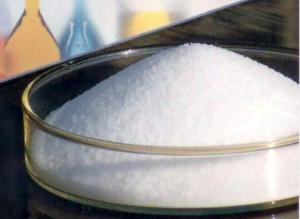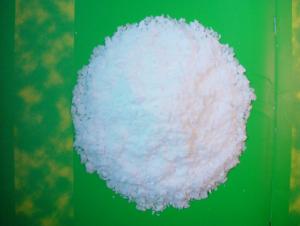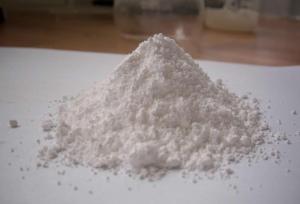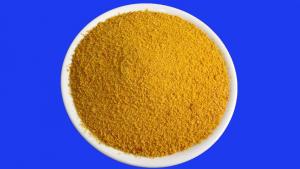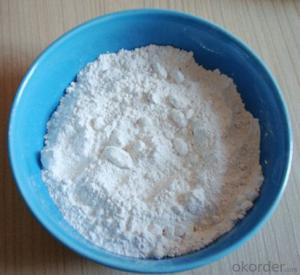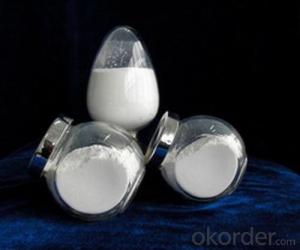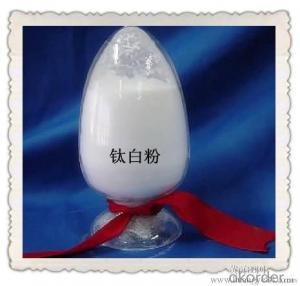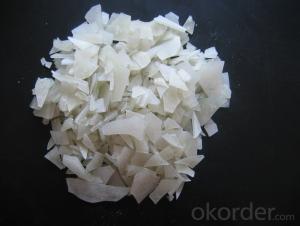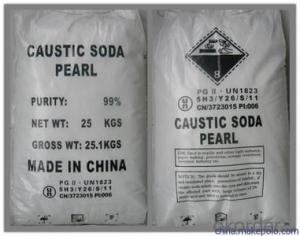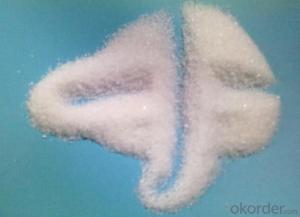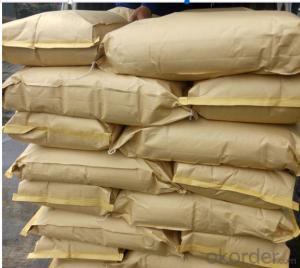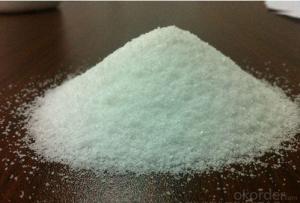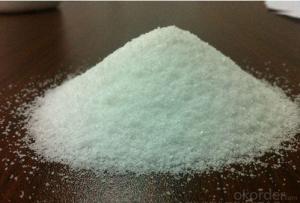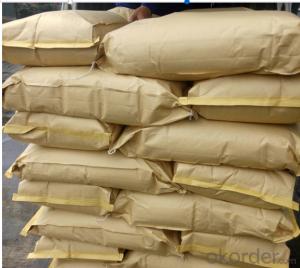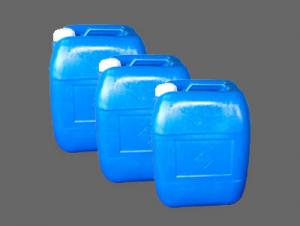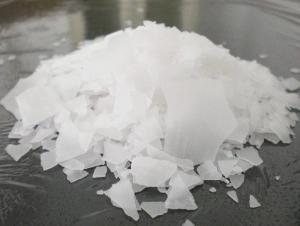double ionic polyacrylamide
- Loading Port:
- China Main Port
- Payment Terms:
- TT OR LC
- Min Order Qty:
- -
- Supply Capability:
- -
OKorder Service Pledge
Quality Product, Order Online Tracking, Timely Delivery
OKorder Financial Service
Credit Rating, Credit Services, Credit Purchasing
You Might Also Like
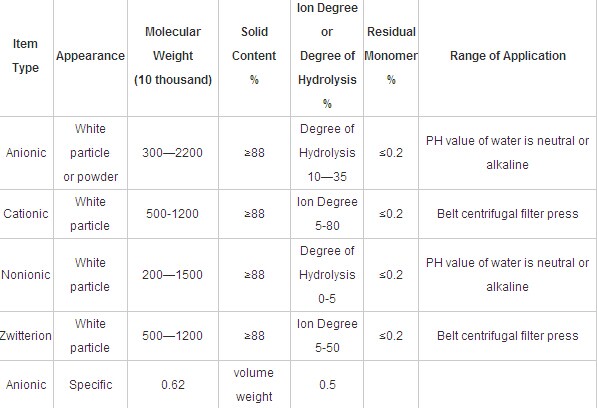
- Q: The presence of inorganic salts
- The presence of inorganic salts is mostly present in the ionic state in a small number of compounds
- Q: Whether the metal oxides are alkaline oxides
- CrO3, Mn2O7 are metal oxides, they are acidic oxides
- Q: Can inorganic salts act as stabilizers for emulsified asphalt?
- can. The general use of calcium chloride and ammonium chloride more stable emulsifier
- Q: Eye acid is how the matter
- Massage DIY in our eyes around the four points, at three o'clock, six o'clock, nine o'clock, twelve o'clock position each have a acupuncture point. There are two places in the place where there are two points, one called pupil, one called the eye, that is, Four directions around the eyes. In addition, in the two brows touch the hundred bark to know Du this version of the preservation of this place there are two points called save bamboo, a few points you can use your fingers on the part of the joint rubbing, by a press, have help.
- Q: Is calcium carbide inactive?
- Calcium carbide, the chemical formula for the CaC2, not inorganic salts. Salt refers to the metal ions and acid ions of the compound, calcium carbide does not have the corresponding acid.
- Q: Does the plant roots absorb inorganic salt ions must be active
- Plants absorb inorganic salts and do not necessarily absorb water. Plants absorb moisture and absorb inorganic salts are two relatively independent processes. Plants absorb moisture through the infiltration of root cells to absorb water, the process is essentially free of water diffusion process, neither the carrier nor the need for energy; and plant absorption of inorganic salts is carried out by means of active transport, This process requires the carrier and consumes the energy generated by cell metabolism. Of course, plant water absorption and absorption of inorganic salts are a certain association, inorganic salts to be dissolved in water to be absorbed, and inorganic salt ions in the transport of plants can not be separated from water.
- Q: What is the use of alkali?
- Edible alkali has a small amount of fermentation, but its greatest role is to fermented the surface to the acid
- Q: What does salt form when it dissolves?
- Most inorganic salts are ionic in nature and therefore it will dissociate in ions. For example Copper sulphate will dissociate in Cu+2 and SO4 -2 ions. If the dissociation energy of the salt is too high, it will remain partially or completely as salt in the solution. large number of organic salts do not dissociate completely and the solution will contain Ions and salt - both.
- Q: What is the risk of low inorganic salt?
- Phosphorus into the body of phosphorus containing 750-800mg about 1% of body weight, mineral weight of 1/4. Of which 87.6% in the form of hydroxyapatite bone salt stored in the bones and teeth, 10% with protein, fat, sugar and other organic matter combined constitute soft tissue, the rest distributed in the muscle, skin, nerve tissue and other tissues and membranes Of the ingredients. Function Phosphorus is present in every cell of the human body, which is indispensable for bone growth, tooth development, renal function and nerve conduction. Phosphorus is a component of nucleic acids, phospholipids and certain enzymes, which promotes growth and tissue repair. It helps carbohydrate fat and protein utilization, regulates glycogen breakdown, and participates in energy metabolism. Phospholipids are the major components of the cell membrane, which are related to the permeability of the membrane. Phosphate can regulate the metabolism of vitamin D, to maintain the stability of calcium within the environment. Lack of disease phosphorus deficiency when the mental confusion, cranial nerve palsy, transport disorders, muscle weakness, hypothyroidism, anorexia, joint stiffness, abnormal blood, urinary calcium increased. Typical cases hyperphosphatemia, renal dysfunction, or hypoparathyroidism and hypothyroidism and other endocrine diseases can also occur. Too many symptoms nerve excitement, tetany and convulsions. The physiological requirement of phosphorus is 12.3mg / kg / d. Calcium / phosphorus ratio in the 2: 1-1: 2 appropriate range. Food sources food in the meat, fish, milk, beans and hard shells and other phosphorus more.
- Q: What are the effects of water, inorganic salts, carbohydrates, proteins, fats and vitamins?
- The main physiological function of fat: 1. The supply of human heat. (Per gram of fat oxidation can produce 9 kcal of calories, protein and carbohydrates produce more than 2 times.) 2. constitute the body's adipose tissue, adjustable body temperature, To prevent the body outside the scattered, to protect the internal organs, moisturizing the skin. 3. Dissolve nutrients. (Some do not dissolve in water and only soluble in lipids, only in the presence of fat can be absorbed by the body.
Send your message to us
double ionic polyacrylamide
- Loading Port:
- China Main Port
- Payment Terms:
- TT OR LC
- Min Order Qty:
- -
- Supply Capability:
- -
OKorder Service Pledge
Quality Product, Order Online Tracking, Timely Delivery
OKorder Financial Service
Credit Rating, Credit Services, Credit Purchasing
Similar products
Hot products
Hot Searches
